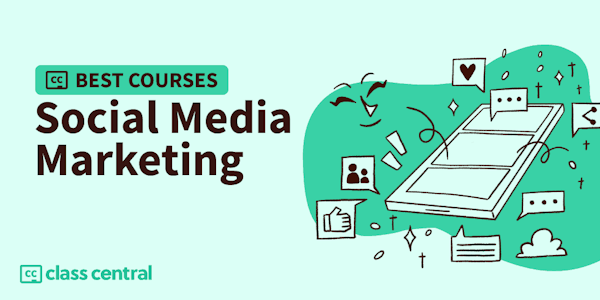Take your social media skills to the next level by learning the secrets to creating digital social capital on social media from successful Australian micro-influencers. Increasing your digital social capital will provide you with the opportunity for micro-influence. This course is an introduction to micro-influencer theory and provides a foundation for an understanding of the skills, knowledge and capabilities current micro-influences used to create and sustain micro-influence.
Getting the most from this micro-credential
The suite of six micro-credentials will give you all the knowledge and confidence you need to use a variety of digital tools, from the planning phase right through to analysing and reporting on a digital campaign.
Through participation in this course you will be able to:
- Write and implement a social media strategy to support your creative practice aims and objectives.
- Understand the fundamentals of micro-influencer theory.
- Use key communication tools to network effectively.
- Develop and maintain networks using social media.
- Establish and maintain relationships using social media.
- Evaluate which online networking sites are appropriate for you.
- Promote a crisp, clear digital representation of creative practice so others want to get to know you.
This micro-course provides a practical set of learning experiences developed to support your professional development as a creative practitioner and assist your career advancement.
This first micro-course will take through a set of worksheets that when compiled will be the beginning of a professional communication strategy for your creative practice. Having a clear, concise approach using the techniques taught in this micro-course will provide you with the skills to enhance your social capital and lead to opportunities for micro-influence. Your motivation and goals to become a micro-influencer will drive the direction of your strategy, for instance, a pottery may want to increase sales of their pottery, or a journalist may want to create a media hub on a particular niche and sell editorial/advertising space via their networks. Whatever your motivation, the opportunities are almost endless. It just takes a bit of planning.
Coursework
In session one we will ask you to set up a micro-influence portfolio. Your micro-influence portfolio is a compilation of materials that exemplifies your beliefs, skills, networks, content, endorsements and experiences. It will provide an insight into your professional social media personality and how others may perceive you on digital channels.
The following sessions will build upon and develop your skills, knowledge and capabilities through worksheets that will take you through the steps of creating your micro-influence strategy. To complete the micro-course we will ask you to provide your micro-influencer portfolio, along with a summary and critical evaluation in the provided gallery where you can discuss your coursework with peers.
The emphasis is very much on helping you to use the knowledge and techniques to create real and tangible benefits that meet your aims and objectives.
With that in mind, the six micro-courses are based on:
Global best practice–incorporating concepts from a range of micro-influencers, commentators and leading practitioners, illustrated with examples.
Practical application–giving practical insights into developing and executing plans and campaigns which can be applied in your creative practice to improve your social media activity.



